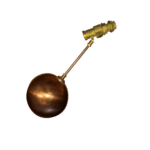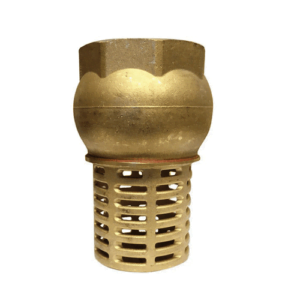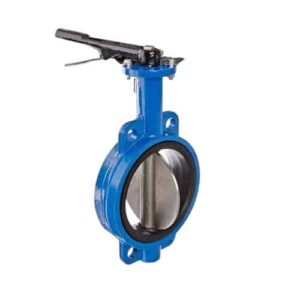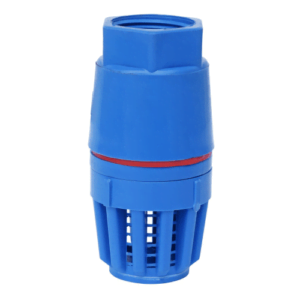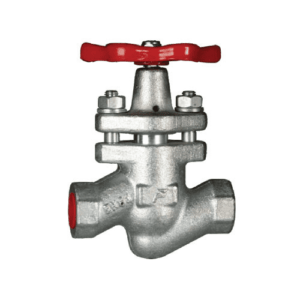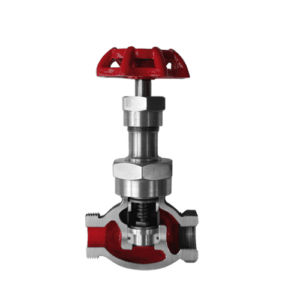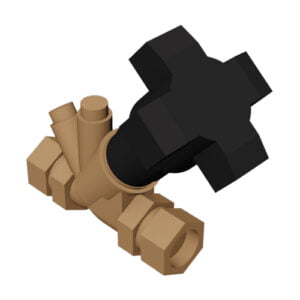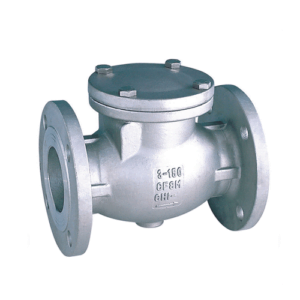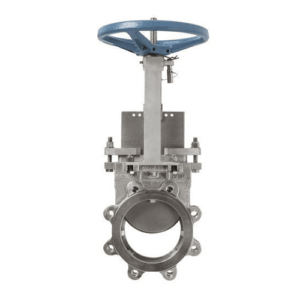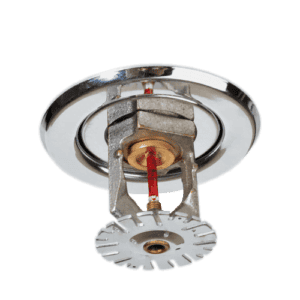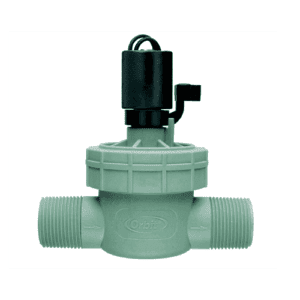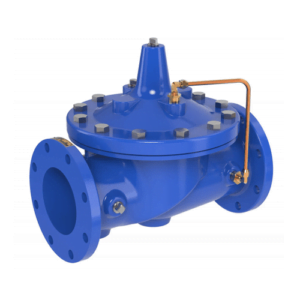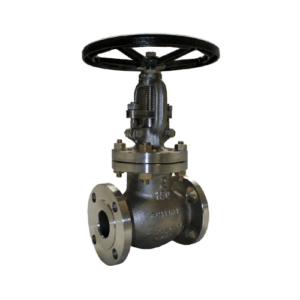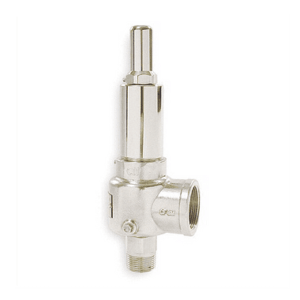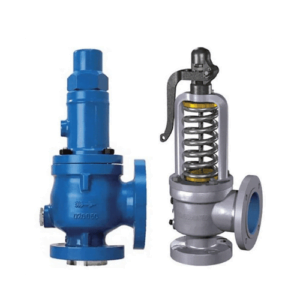Float Valve for Water Tanks and Industrial Use
A float valve is a type of shutoff apparatus. It is utilized for controlling liquid levels in a tank, thus avoiding spillages. This will be performed to make sure there are no overflows and that the liquid levels are kept constant. This valve is common for a water tank. It finds applications in cooling systems—whether a small domestic one or one of large industrial dimensions.
Material Specifications:
Our Float Valves are made of high-quality brass and heavy-duty material, made to outlast the competition in terms of durability. There are some good aspects of using brass; it is resistive to corrosion and provides a robust solution in both indoor and outdoor environments.
Technical Specifications:
Available in multiple sizes, the common sizes include the 1″ Float Valve size; they are all made to suit standard tank inlets while ensuring efficiency in the control of water flow. Specifications include:
- Weight: Depends on model
- Capacity: Up to 10,000-liter tanks
- Size: There are several sizes that can be adapted to different pipe diameters
Standards and Compliance
Our Float Valves are manufactured to the standards of ISO 9001, which ensures the highest quality and performance. They are tested stringently so that they conform to the most demanding safety and quality standards, thereby being trusted to be used in critical applications.
Usage Instructions
To get the best out of your Float Valve (Water Float Valve, Tank Float Valve) follow these instructions:
- The valve should be mounted at the right height to keep the appropriate water level.
- Clean the valve periodically in order to prevent blockages.
- Occasionally, replace the washer so the seal is maintained and it doesn’t start to drip.
Applications
Float Valves are widely used in various applications including:
Water Tanks in Residential, Commercial, and Industrial Areas
Cooling Systems in Industrial Processes
Irrigation systems in agricultural sectors
They work very effectively in systems where water level needs to be closely controlled in order to prevent wastage and ensure that water is used most effectively.
Features and Benefits
- Easy Installation: Constructed for ease of installation, our float valves will have you up and running in no time, without having to rely on a professional.
- Automatic Water Level Control: Maintains water level at your tank so there is no overflow or underflow, which is going to prove very costly and can be harmful.
- Durable Materials: Made from high-quality brass and other heavy-duty materials, these float valves can withstand even the harshest environmental conditions.
- Cost-Effective: Our float valves are competitively priced so that an appropriate solution can be provided without investment in an expensive alternative, which would be prudent for businesses that would wish to remain cost-conscious.
Related Products
- Look into similar alternatives, such as the Ball Float Valve—perfect for large-scale systems where water flow needs to be managed in a smooth and efficient manner.
- Consider our specialized Water Float Valve, that manage the water levels at the reservoirs of major water treatment and storage centers.
- Our tank float valve can be easily integrated into industrial applications that require precise fluid control.
Support and Warranty Information
- Induskart is there to offer complete product support for all our float valves—so, you get help when you need it. Our product experts are always just a phone call or email away, helping troubleshoot or giving tips on the use of our products.
- We do have a very strong warranty coverage for manufacturing faults in terms of materials and workmanship.
For more information regarding warranty, troubleshooting, or to make a warranty claim, please contact our customer support or visit our website.








